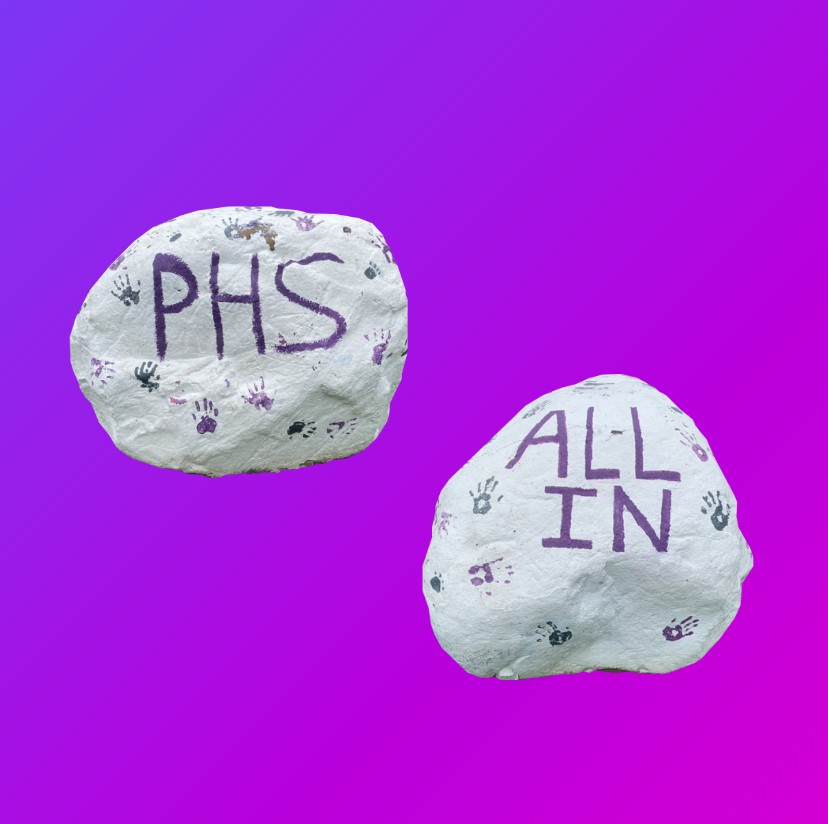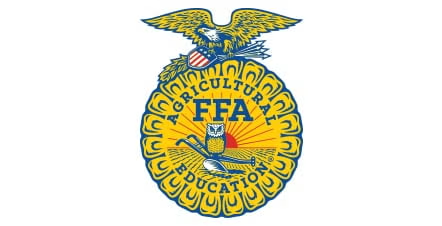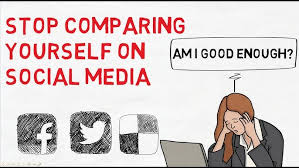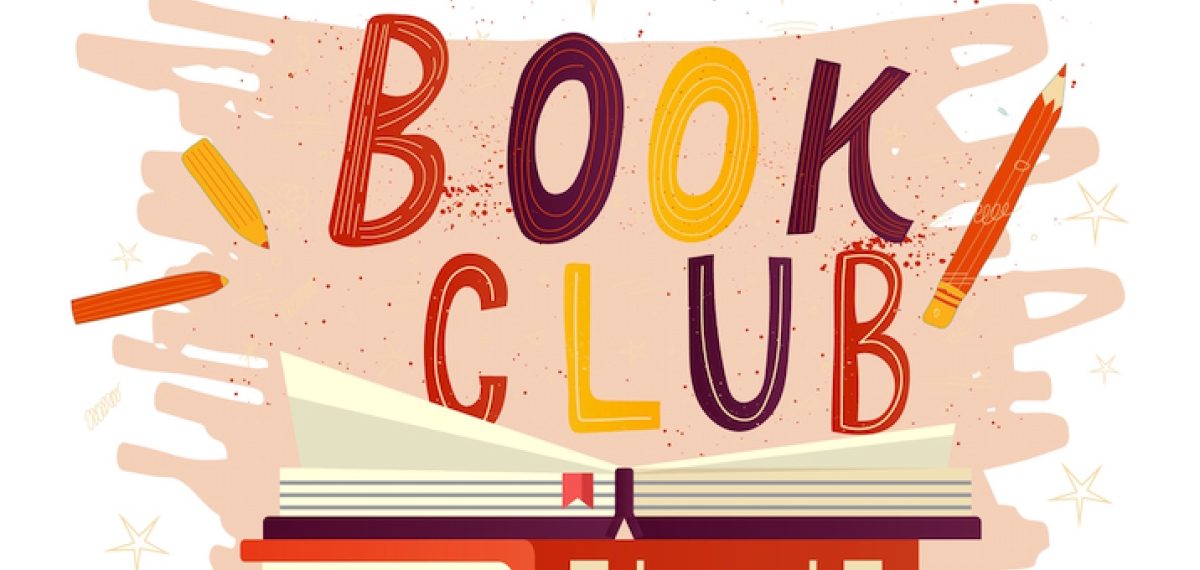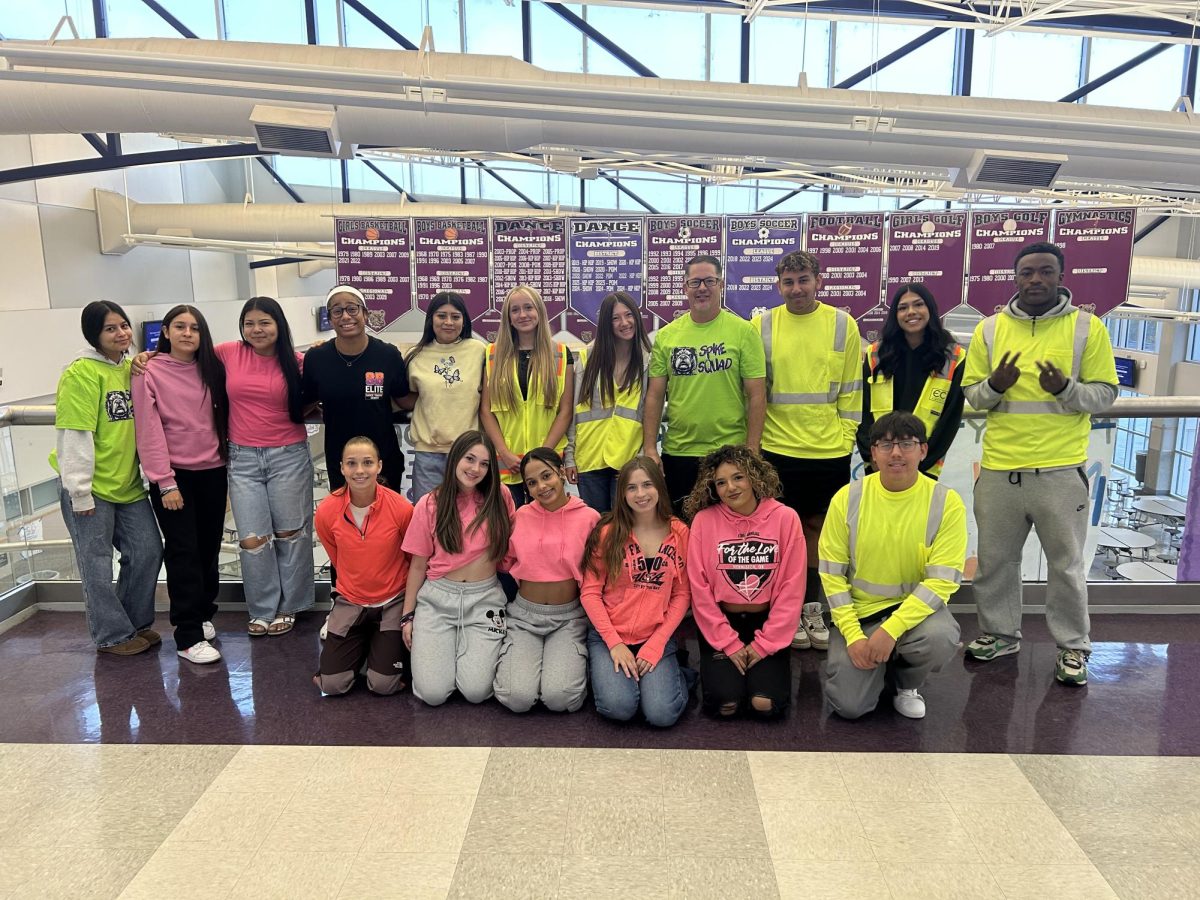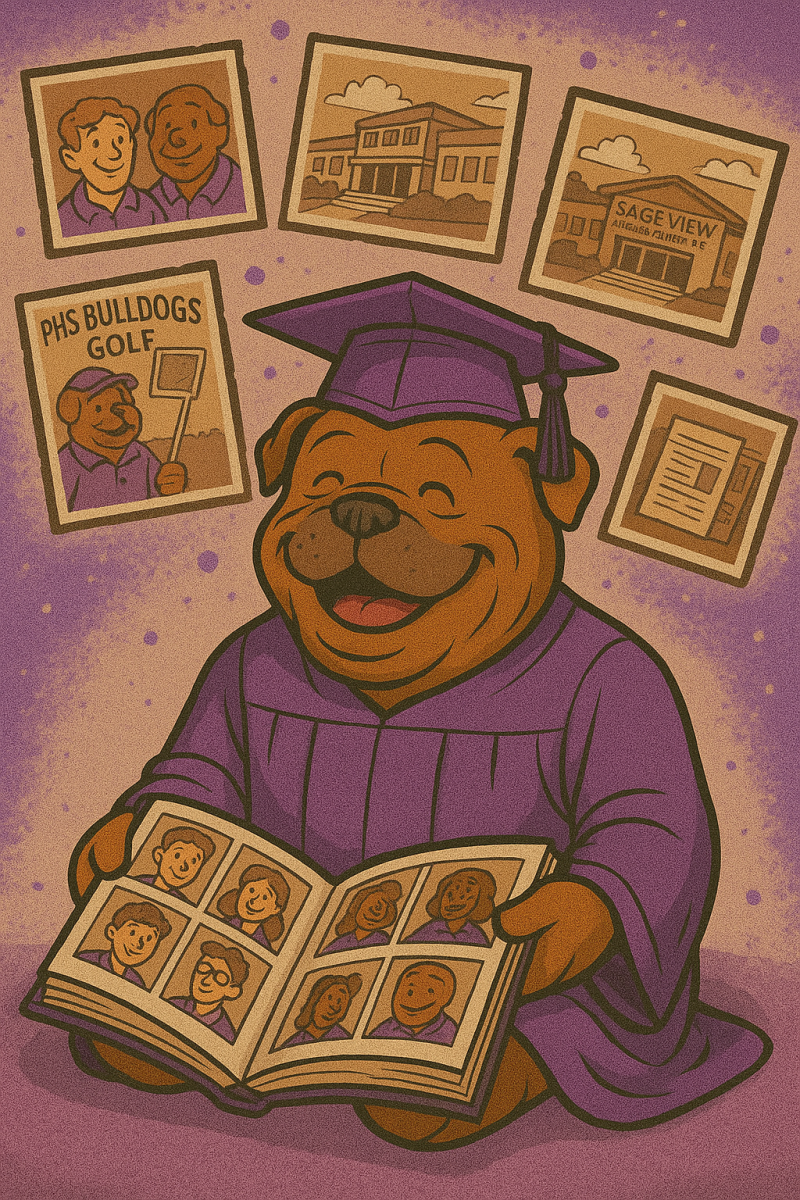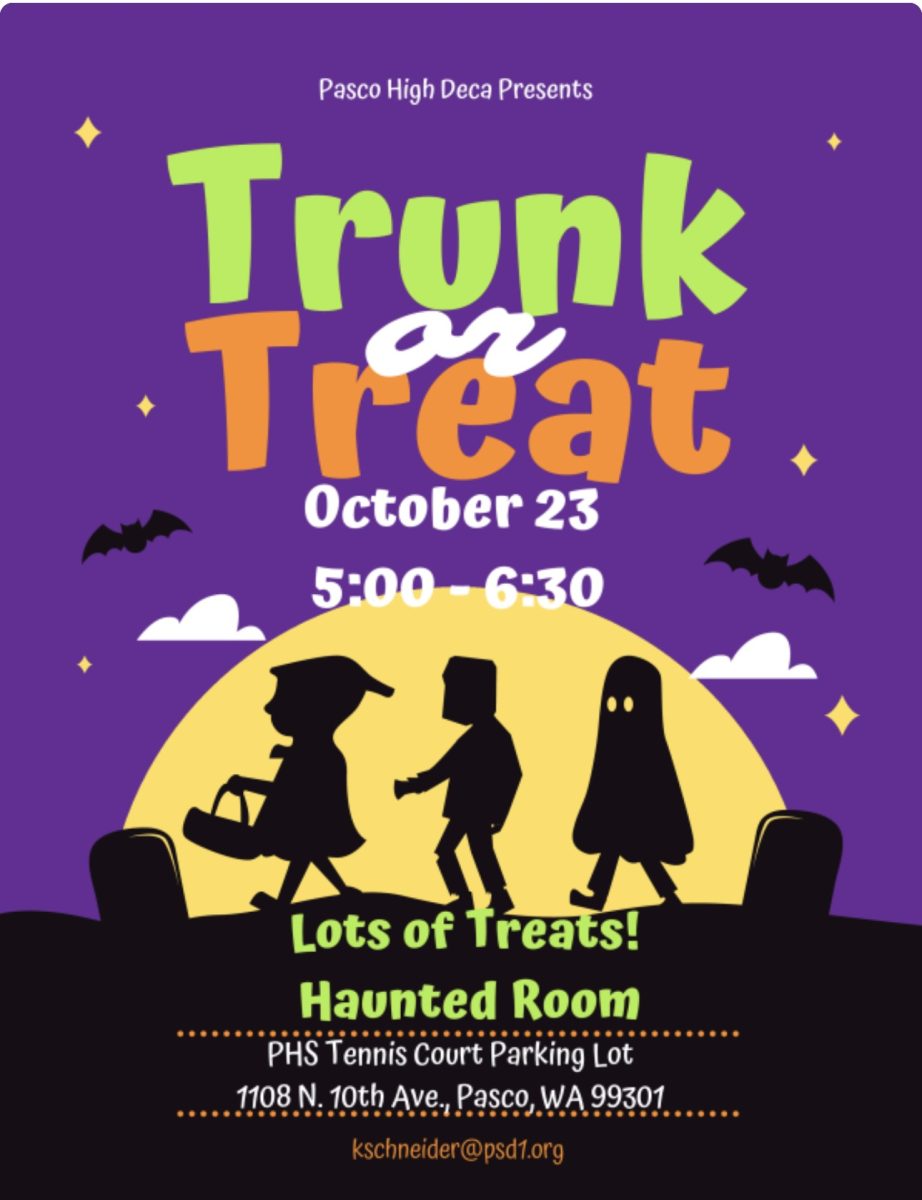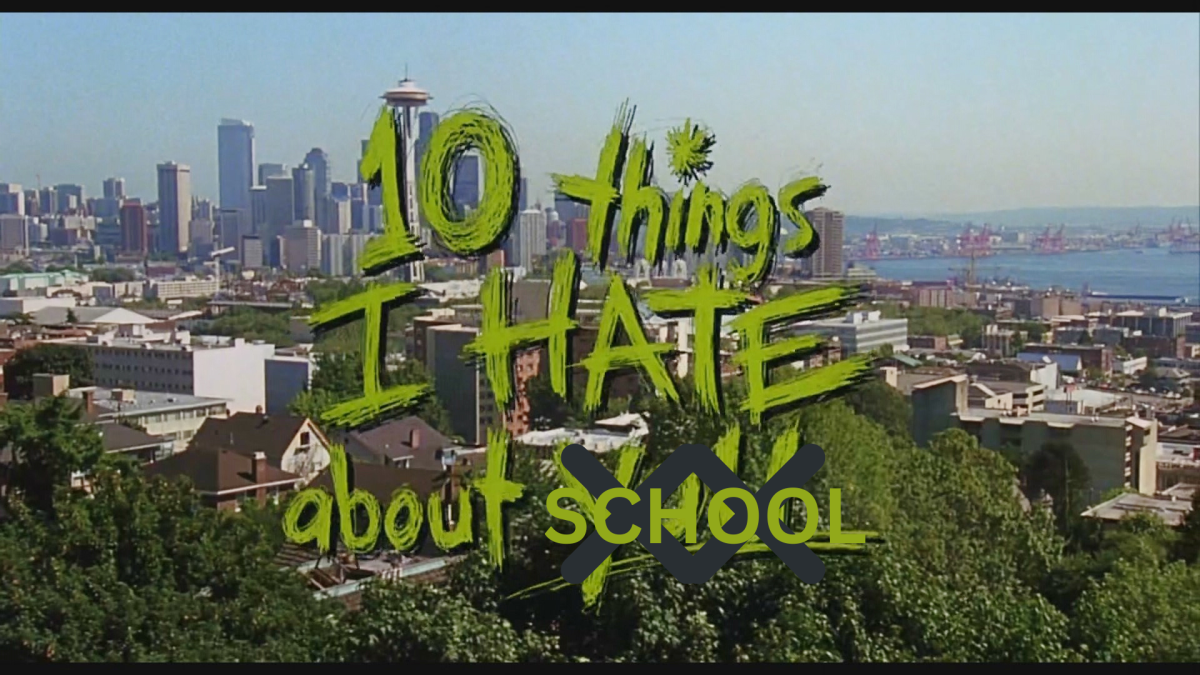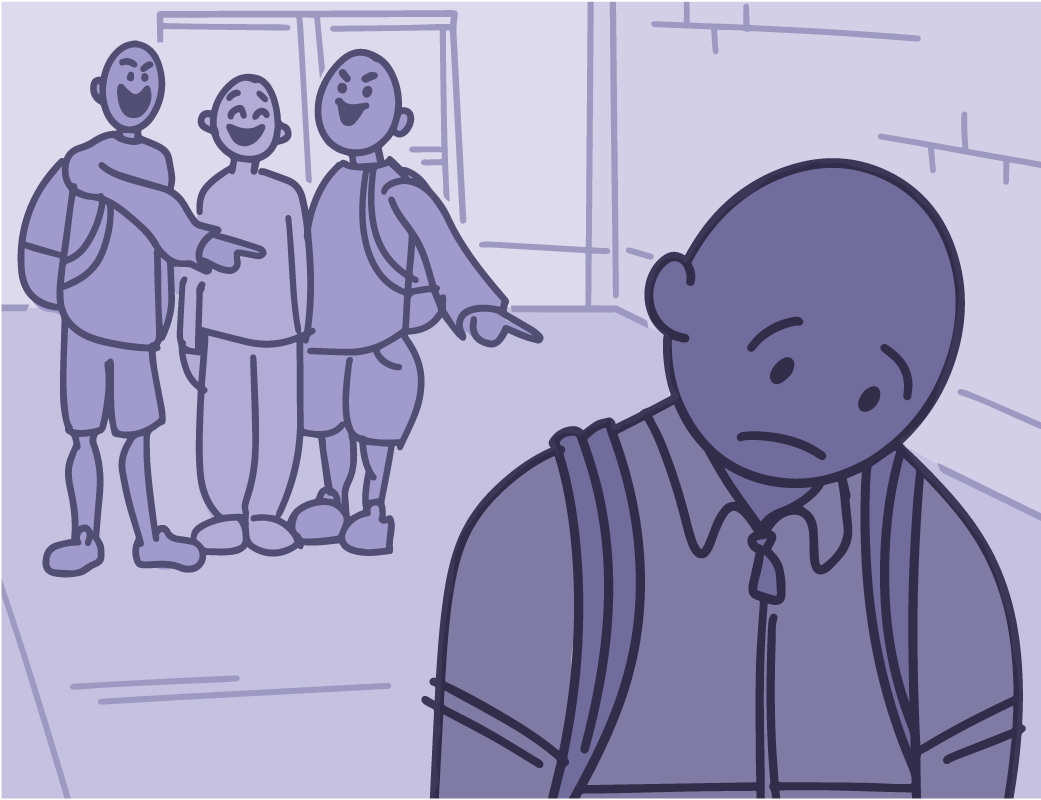The rock, which sits in the grass outside the main entrance, is an iconic piece of our school. Many of us use it to meet friends, or wait to be picked up, etc. but how did it get there? What’s it really for? Does it have a history of its own?
There are two main theories about where it came from. One theory suggests that the rock was unearthed from the excavated gravel pit during the Edgar Brown Memorial Stadium’s construction and later moved to its current location. Alternatively, some speculate that a former principal or teacher intentionally placed the rock there, after transporting it from their personal property. Over time, the rock has become a unique feature of the school, prompting the tradition of painting and decorating it. In either theory, one thing is the same; “…it was placed there by a previous principal,” according to one of the art teachers, Ms. Cruzen.
Over time, the tradition of painting and decorating the rock has emerged, adding layers of paint that showcase support for Pasco High activities, school spirit, and various clubs. However, this practice has not been without controversy.
One example is when the rock was painted for gay pride, which brought controversy. Former GSA (Gay Straight Alliance) club advisor, Ms. Cruzen, got permission from administrators to paint the rock in representation of pride with, “the colors of some of the GSA flags,” only for Cruzen to drive to the school early the next morning and find some boys painting over it less than 24 hours later. When Cruzen confronted them, she described the conversation like this: “I walked up to them and I said, ‘What are you doing?’ and they were like, ‘Oh, we’re painting over this, we got permission,’ and I go, ‘You got permission? I just got permission for my club to paint this and you’re painting over it? Because of what it represents?”
After promptly notifying the principals at the time, to Cruzen’s surprise, the boys did get permission, although Cruzen had “sent out e-mails for weeks about this saying we were gonna do this for GSA.”
This incident highlights the need for more thoughtful consideration and open dialogue surrounding the rock’s purpose and the messages it portrays. Mr. Rust, a PHS photography teacher, agrees. He became aware of the controversy between two groups of students. One group tried to silence the other by spray painting derogatory words on the rock’s surface, and even attempted to “out” someone as a “bad thing.” Mr. Rust didn’t witness the incident firsthand, but he heard students discussing it afterward: “There was .. somebody had spray painted a very negative – bad words – and tried to out someone like, ‘this person is a bad thing’ – I never saw, I just heard…”
As Rust emphasizes, our school community has the power to transform the rock from a passive object to an active symbol of school spirit by uniting around it. In Rust’s words, “If we don’t use it, then it’s just going to become a rock. But if we use it, then it’s going to be something where we can gather together…”
He proposes using the rock as a platform for respectful dialogue, fostering understanding and bridging divides, rather than letting it become a source of antagonism. Rust further highlights the importance of open communication by saying, “It’s okay to have differing opinions – it’s okay to have opposing views – it’s when we stop talking about our views that problems happen. Then, now there’s this distance.”

